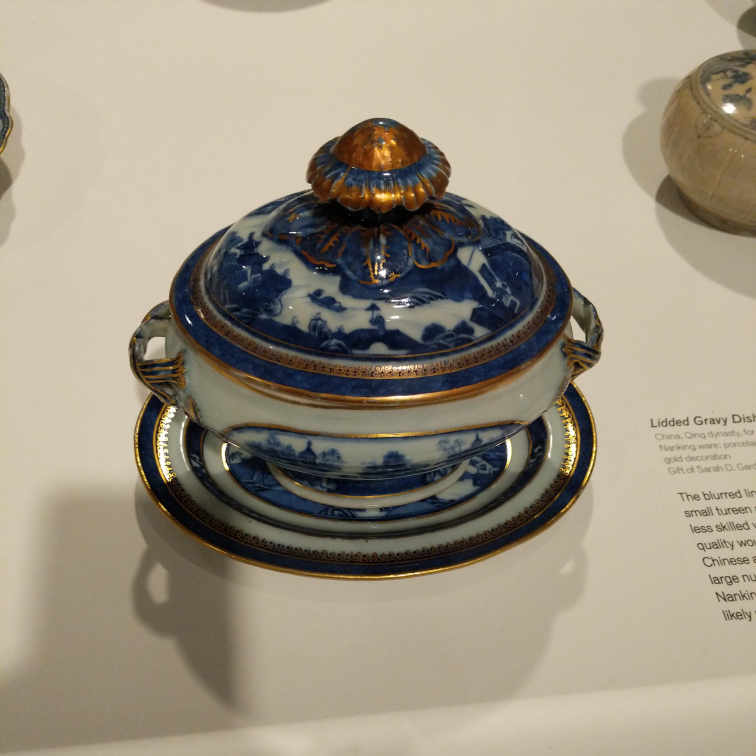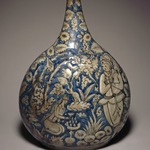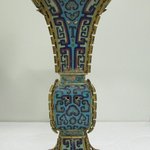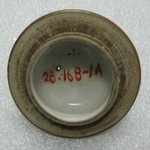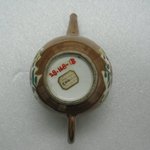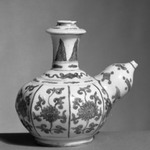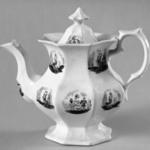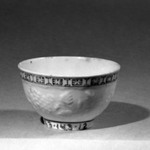

Lowestoft Porcelain Factory. Sauce Dish, late 18th century. Nankeen ware porcelain, Assembled: 6 11/16 x 8 9/16 x 6 5/16 in. (17 x 21.7 x 16 cm). Brooklyn Museum, Gift of Sarah D. Gardiner, 44.139.5a-c. Creative Commons-BY (Photo: Brooklyn Museum, CUR.44.139.5b_bottom.jpg)

Lowestoft Porcelain Factory. Sauce Dish, late 18th century. Nankeen ware porcelain, Assembled: 6 11/16 x 8 9/16 x 6 5/16 in. (17 x 21.7 x 16 cm). Brooklyn Museum, Gift of Sarah D. Gardiner, 44.139.5a-c. Creative Commons-BY (Photo: Brooklyn Museum, CUR.44.139.5b_top.jpg)
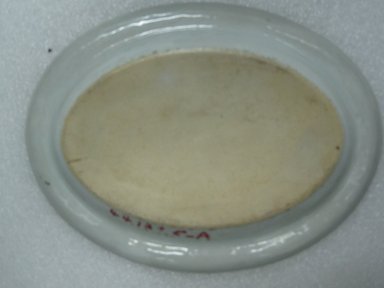
Lowestoft Porcelain Factory. Sauce Dish, late 18th century. Nankeen ware porcelain, Assembled: 6 11/16 x 8 9/16 x 6 5/16 in. (17 x 21.7 x 16 cm). Brooklyn Museum, Gift of Sarah D. Gardiner, 44.139.5a-c. Creative Commons-BY (Photo: Brooklyn Museum, CUR.44.139.5a_bottom.jpg)

Lowestoft Porcelain Factory. Sauce Dish, late 18th century. Nankeen ware porcelain, Assembled: 6 11/16 x 8 9/16 x 6 5/16 in. (17 x 21.7 x 16 cm). Brooklyn Museum, Gift of Sarah D. Gardiner, 44.139.5a-c. Creative Commons-BY (Photo: Brooklyn Museum, CUR.44.139.5a-c_side_view2.jpg)
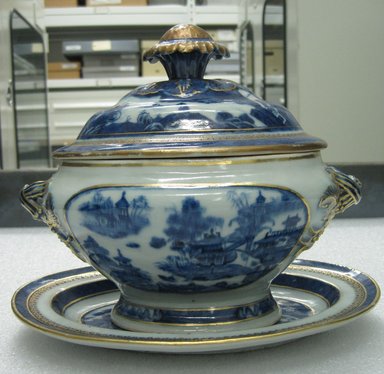
Lowestoft Porcelain Factory. Sauce Dish, late 18th century. Nankeen ware porcelain, Assembled: 6 11/16 x 8 9/16 x 6 5/16 in. (17 x 21.7 x 16 cm). Brooklyn Museum, Gift of Sarah D. Gardiner, 44.139.5a-c. Creative Commons-BY (Photo: Brooklyn Museum, CUR.44.139.5a-c_side_view1.jpg)
Sauce Dish
Decorative Arts and Design





